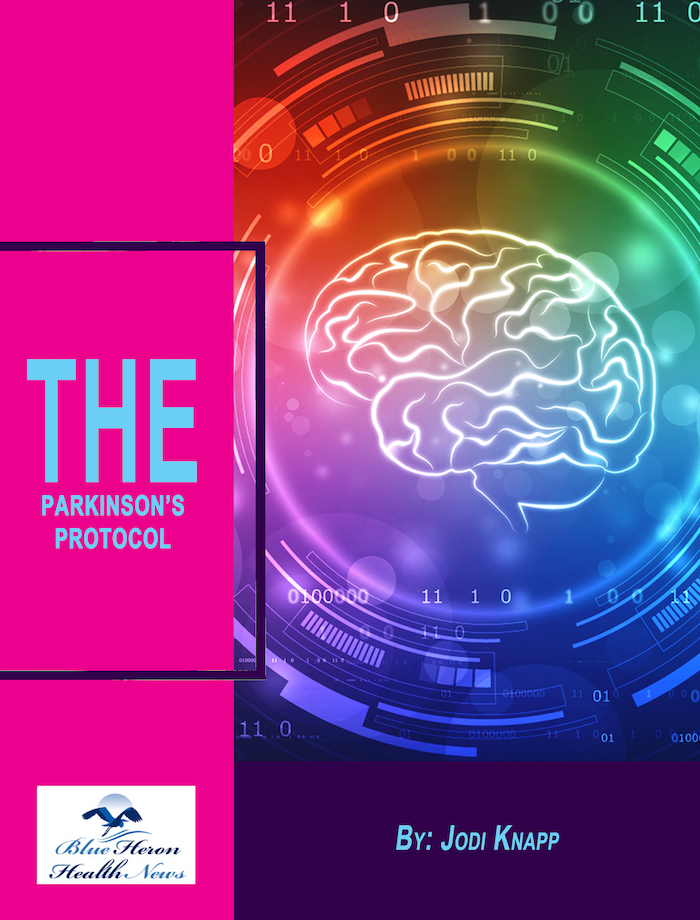
The Parkinson’s Protocol™ By Jodi KnappThus, the eBook, The Parkinson’s Protocol, educates you regarding the natural and simple ways to minimize the symptoms and delay the development of Parkinson’s effectively and quickly. It will also help your body to repair itself without following a specific diet plan, using costly ingredients or specific equipment. Its 60 days guarantee to return your money allows you to try for once without any risk.
Can Tai Chi and yoga be beneficial for Parkinson’s patients?
Absolutely, Tai Chi and yoga are both highly beneficial for people with Parkinson’s disease (PD), complementing other treatments and exercise routines. Here’s why:
🌿 Benefits of Tai Chi for Parkinson’s
Improves Balance and Stability: Tai Chi’s slow, controlled movements help enhance postural control and reduce the risk of falls—a major concern in PD.
Enhances Flexibility and Strength: Regular practice increases muscle strength and joint flexibility, which counters rigidity and stiffness.
Boosts Motor Coordination: Tai Chi encourages smooth, deliberate motions that improve motor planning and coordination.
Reduces Stress and Anxiety: The mindful, meditative nature of Tai Chi helps with relaxation and mood.
Supports Gait and Mobility: Studies show Tai Chi can improve walking speed and stride length.
🧘 Benefits of Yoga for Parkinson’s
Increases Flexibility and Muscle Tone: Yoga stretches and strengthens muscles, easing rigidity.
Improves Balance and Posture: Many yoga poses focus on core strength and balance, helping reduce falls.
Enhances Breathing and Relaxation: Breathing exercises (pranayama) improve respiratory function and reduce stress.
Boosts Mental Health: Yoga’s mindfulness techniques can alleviate anxiety and depression often seen in PD.
Promotes Mind-Body Awareness: Helps patients become more aware of their movements, aiding motor control.
🌟 Research Evidence
Multiple clinical studies support both Tai Chi and yoga as effective, low-impact interventions that improve balance, motor function, quality of life, and mood in Parkinson’s patients.
Tai Chi has been shown to reduce fall rates in PD.
Yoga improves flexibility and reduces muscle stiffness, contributing to better daily functioning.
⚠️ Precautions
Patients should practice under the guidance of instructors experienced with Parkinson’s.
Movements may need to be adapted to individual ability and stage of disease.
Always consult with healthcare providers before starting a new exercise program.
Summary Table: Tai Chi & Yoga Benefits for Parkinson’s
Benefit Area Tai Chi Yoga
Balance & Stability Improves postural control and reduces falls Strengthens core, improves posture and balance
Flexibility & Strength Enhances muscle strength and flexibility Increases muscle tone and joint flexibility
Motor Control Enhances coordination and movement fluidity Boosts mind-body awareness and control
Mental Health Reduces stress and anxiety Alleviates anxiety, depression; promotes relaxation
Gait & Mobility Improves walking speed and stride length Supports overall mobility
If you want, I can help suggest beginner-friendly Tai Chi or yoga routines tailored for Parkinson’s patients!
Improving balance and gait in Parkinson’s disease (PD) is crucial to reduce fall risk, increase mobility, and enhance quality of life. Because PD affects movement coordination, muscle control, and postural stability, targeted strategies and therapies can help patients regain better control over walking and balance.
Here are effective approaches to improving balance and gait in PD:
1. Physical Therapy & Exercise
Balance training: Exercises like standing on one leg, heel-to-toe walking, or using balance boards improve postural stability.
Gait training: Focused practice on walking patterns to increase step length, reduce shuffling, and improve rhythm.
Cueing techniques: Visual (floor markers), auditory (metronome beats), or tactile cues help overcome freezing of gait and initiate movement.
Strength training: Building leg, core, and hip muscles supports posture and walking.
Flexibility exercises: Stretching to reduce rigidity and improve range of motion.
Tai Chi and Yoga: Promote balance, flexibility, and body awareness with low-impact, mindful movements.
2. Use of Assistive Devices
Walking aids: Canes, walkers, or Nordic poles provide stability and confidence.
Cueing devices: Wearable or handheld devices that emit rhythmic sounds or vibrations to aid stepping.
3. Occupational Therapy
Focuses on adapting the home environment to reduce fall risks.
Provides training for safe transfers and daily activities that involve balance.
4. Medications and Medical Interventions
Optimal dopaminergic medication management helps improve motor control.
In some cases, deep brain stimulation (DBS) can improve motor symptoms including gait and balance.
5. Home and Lifestyle Modifications
Clear walkways of obstacles.
Use of non-slip mats and grab bars.
Proper footwear for grip and support.
Adequate lighting to reduce fall risk.
6. Regular Practice and Consistency
Daily practice of balance and gait exercises reinforces motor learning.
Group classes or supervised exercise improve motivation and consistency.
Summary
Improving balance and gait in Parkinson’s disease involves a multifaceted approach including physical therapy, assistive devices, medication optimization, and lifestyle adjustments. Combining exercise, cueing strategies, and environmental support helps reduce falls, enhance mobility, and maintain independence.
The Parkinson’s Protocol™ By Jodi KnappThus, the eBook, The Parkinson’s Protocol, educates you regarding the natural and simple ways to minimize the symptoms and delay the development of Parkinson’s effectively and quickly. It will also help your body to repair itself without following a specific diet plan, using costly ingredients or specific equipment. Its 60 days guarantee to return your money allows you to try for once without any risk